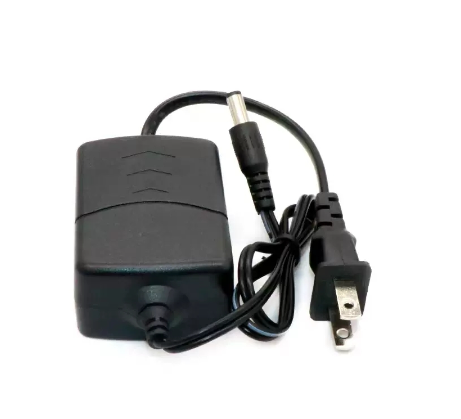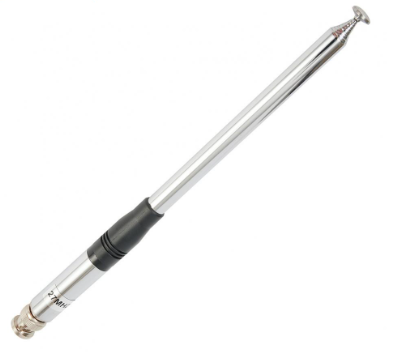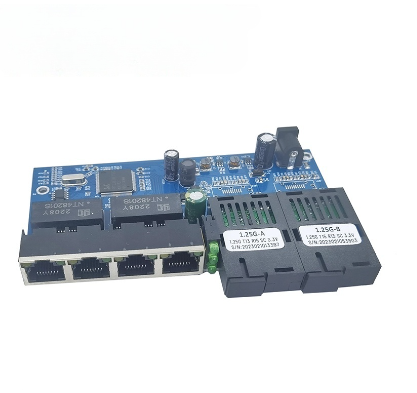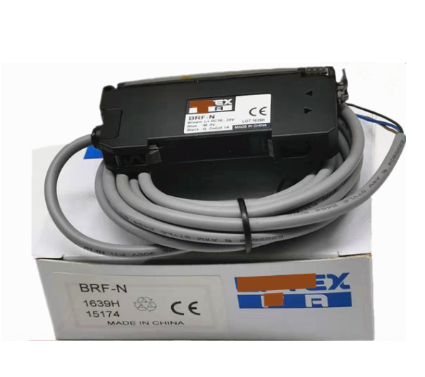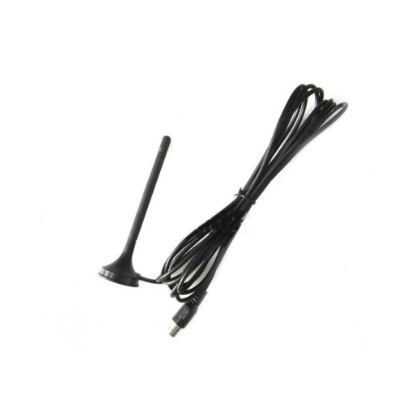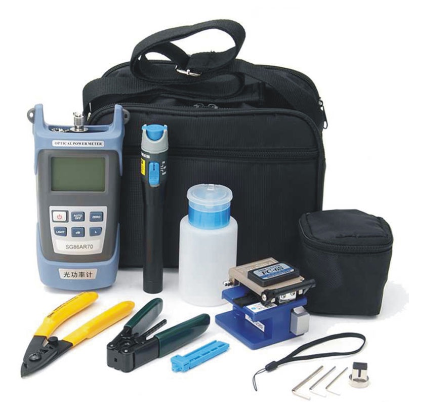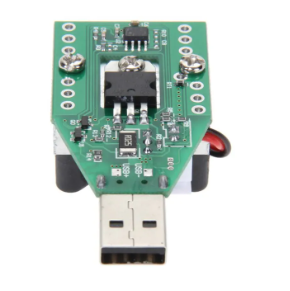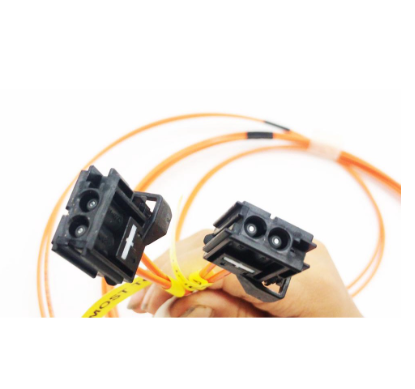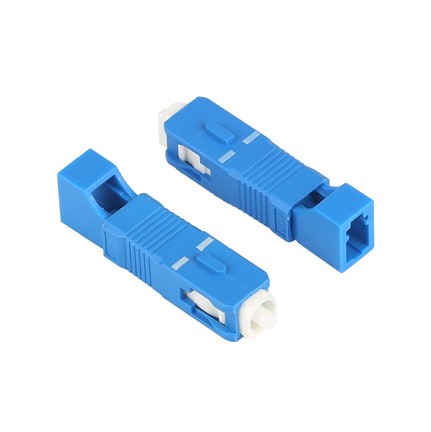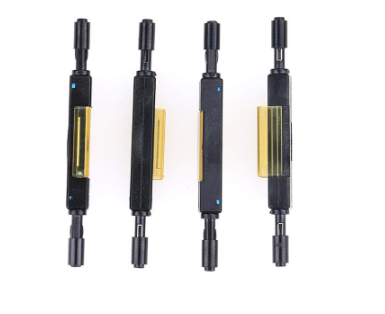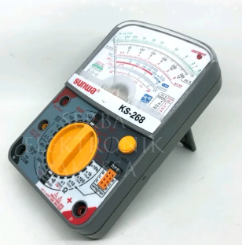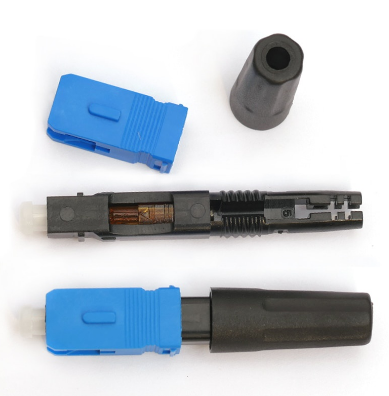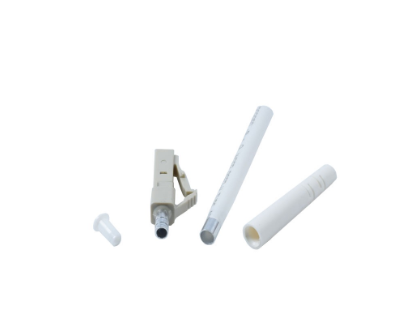Cubic Fiber Optic Terminal Box lc 12 Port odf patch Panel
-
Fiber Optic Tools Kit & Equipment
₱3,853.00
A "Cubic Fiber Optic Terminal Box LC 12 Port ODF Patch Panel" is a piece of telecommunication and data center infrastructure equipment designed for organizing, protecting, and managing optical fiber connections. Here is a brief description of this type of equipment:
Design and Appearance:
The terminal box is typically compact and cubical in shape, designed for space-efficient installations.
It features a front panel that houses 12 LC (Lucent Connector) ports.
The box often has a removable or hinged cover for easy access and protection of the LC connectors and fibers inside.
Functionality:
The LC connectors on the front panel serve as connection points for optical fibers.
This type of patch panel is used to terminate, splice, and organize optical fiber connections in an organized and structured manner.
The LC connectors on the front panel can be easily accessed for connecting and disconnecting optical fibers.
Capacity:
The terminal box can accommodate up to 12 LC connectors, making it suitable for small to medium-scale fiber optic installations.
Application:
It is commonly used in telecommunications, data centers, and other environments where fiber optic connectivity is essential.
The patch panel can serve as part of a larger optical distribution frame (ODF) or as a standalone termination point.
Benefits:
Provides a central and organized point for connecting, managing, and troubleshooting fiber optic connections.
Protects optical fibers from dust, physical damage, and other environmental factors.
Facilitates quick and efficient connections and disconnections of fiber optic cables.
Installation:
The terminal box can be wall-mounted, rack-mounted, or placed in an enclosure, depending on the specific installation requirements.
Note: While the general description is provided here, it's important to consult the specific product documentation or manufacturer's guidelines for precise details, as the features and specifications of such equipment may vary depending on the manufacturer and model.
Related Products
1.25&2.5mm Universal Fiber Optic Connector Cassette Cleaner Optical Fiber Cleaning
FS D3 Multitool Adjustable Precision Stripping Pliers Automatic 0.08 6mm 28 9AWG Cutter Cable Scis
Host Lcd Instrument Optical Fiber Cable Amplifier Fiber Optic Cable Line GJ32-18K925-AB
19 Mpo Patch Panel Fiber Optic equipment OM3/OM4 Fiber optic MPO small cass
L925B Fiber Optic Quick Connector Optical Fiber Mechanical Splice for FTTH Engineering Optical Cable
150pcs Single mode Fiber Optic Fusion Protection Round Box for Drop Cable Optic Fiber Fused
Contact Info
- Address: 125 Durian Park, Old Domestic Road, 191 Zone 20, Pasay City, Philippines
- Phone:
- Email: [email protected]
